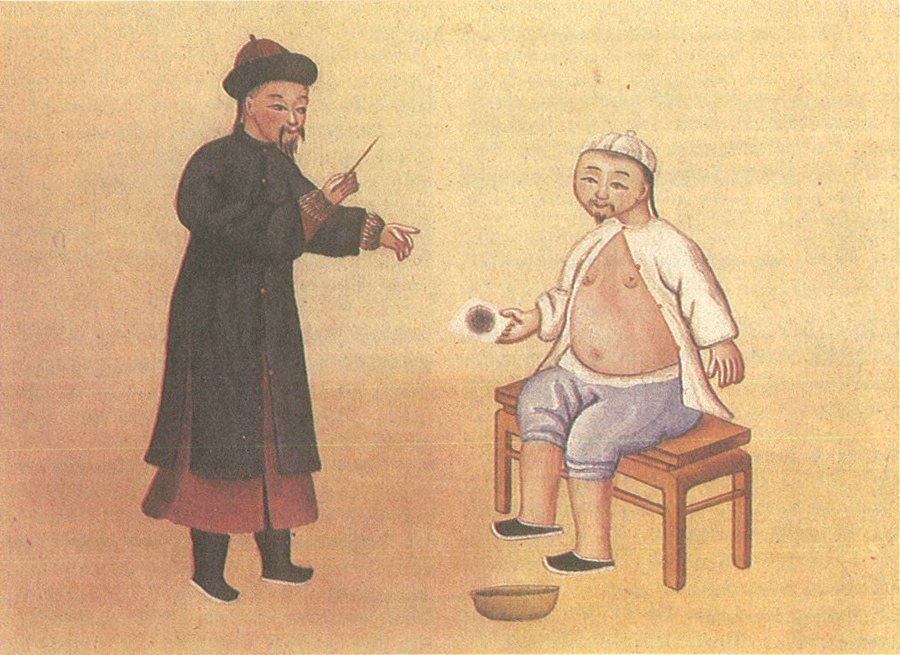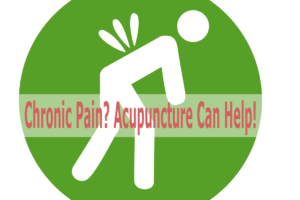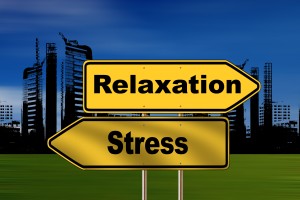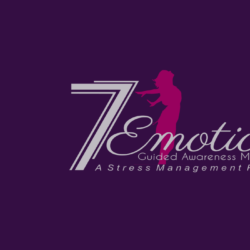What’s The Science of Acupuncture – A Scientific Explanation
There are many theories explaining how acupuncture works. I find the following explanation has merit and is worthy to be considered.
There are two neural pathways for the body to sense pain. Nociceptors or “sensory pain nerves” signal the brain when pain is felt – “ouch”! There are two types of Nociceptors – A Delta Fibers (sense sharp pain) and C Fibers (sense dull, throbbing pain). Nociceptors signals travel up the spine (Track of Lissauer) to the Midbrain.
The second neural pathway involves Proprioceptive Nerve Fibers telling the brain the location of the pain or “ouch”. These fibers fire continuously at the affected area and send signals up the front of the spine to the Midbrain. The Midbrain releases endorphins or enkephalins (natural painkillers) that bind to pain receptors to relieve pain.
In order for the Midbrain to release endorphins the nerve signal has to reach a higher than normal level thereby crossing a neural threshold to activate a release. Patients with chronic pain have developed a neural threshold that is too low to affect an endorphin release by the Midbrain to relieve pain.
Patients under these conditions have a hard time trying to pinpoint the exact location of pain. Normal body function has diminished and become dormant.
Acupuncture can generate a strong stimulation and reset the neural threshold. Needle stimulation raises the neural signal above the threshold and stimulates the brain to release beneficial natural painkillers. After a few hours the signal gets weak again.
Treatment helps raise and restore the threshold back to normal levels that are not easily crossed to trigger a pain signal as in a chronic pain scenario. Subsequent treatments are needed to continue to reset the threshold until normal body function has been revived to recall this process on it’s own.
The above scenario explains how acupuncture can be beneficial when performing distal needling from the affected area but acupuncture has a beneficial local affect when directly needling the area of pain.
Acupuncture needles puncture mast cells causing a release of Leukotrienes and Prostiglandin A and B. Leukotrienes provide an anit-inflammatory agent in the body and causes vasodilation of the needled area creating an immunological response allowing White Blood Cells to enter and clear inflammation.
Prostaglandins A and B trigger local proprioceptive nerves and sensory pain nerves to fire. Acupuncture can influence a neurological and immunological response to therapeutically benefit the patient and provide relief.
Reference: Kendall, Donald E. Dao of Chinese Medicine. New York: Oxford University Press, 2002.
Christopher Carlow, D. Ac.Doctor of Acupuncture August 26, 2009









